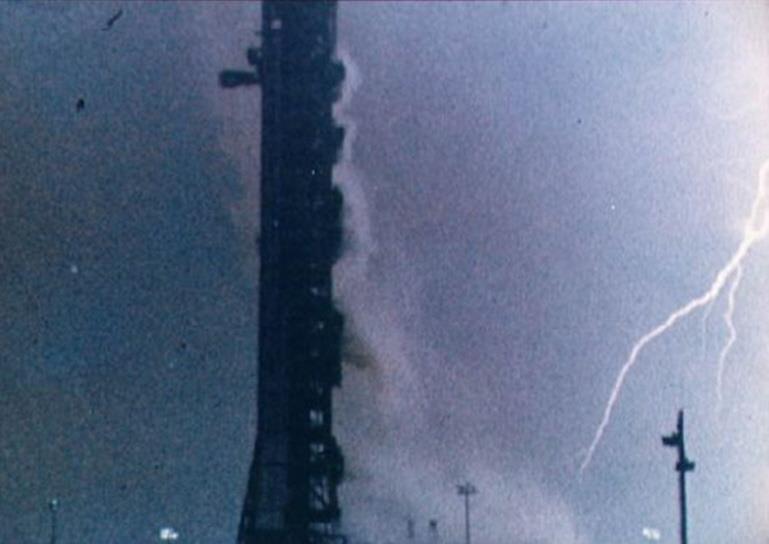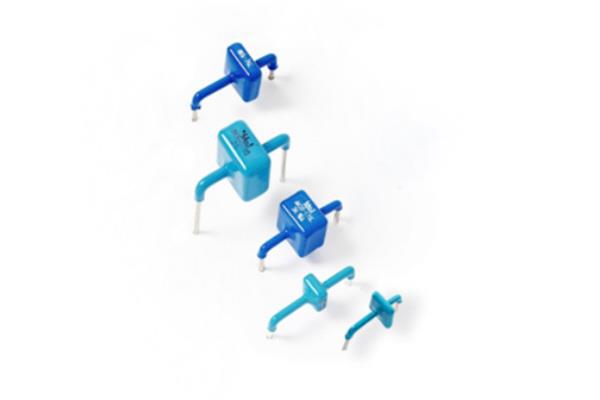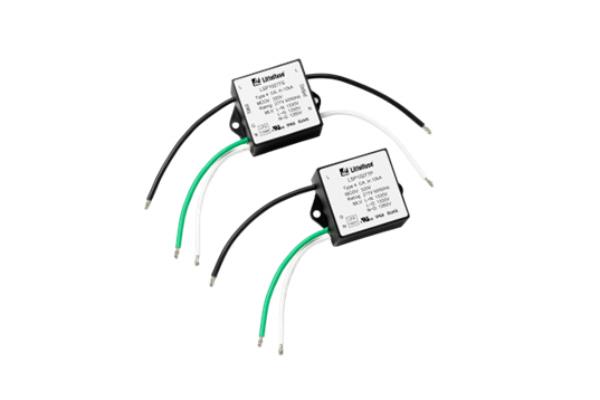With all of the mission critical electrical subsystems that needed to function flawlessly, one circuit overload could have doomed a flight, endangering the lives of the crew. That is why Space missions of the past and those that continue today utilise circuit protection to protect against hazards like electrostatic discharges (ESD) and lightning induced surges.
The last thing you want mission control to worry about is if your design engineers used the right circuit protection technology. And you shouldn't be worried if your engineering team took the right precautions during the design phase.
Why is circuit protection so important when designing circuits for space applications?
•Space vehicles and their supporting systems must be designed to protect the crew members who will be subjected to the dangers and vulnerabilities of space travel.
•Technology is becoming more complex as circuits get smaller. A large spacecraft is really just a sum of all the intricate little circuitry and components that work together to make the vehicle operate. It's vital to protect each delicate electrical component and digital circuit from hazards like lightning-induced surges and ESD. No matter how small, a damaged component or circuit could mean that an entire system will fail, compromising the safety of the entire mission.
A Mission Saved: A Valuable Lesson from The Past
Only four months after man first walked on the Moon, the Apollo 12 crew set out to repeat that achievement with an historic second manned mission to the Moon. Launched on November 14th, 1969, it provides an excellent example of how simple incidents can interfere with the highly complex set of electrical systems that control a spacecraft.
Figure 1: Shortly after Apollo 12 lifted off, lightning struck both the Saturn V rocket and the launch tower. |
At 36 seconds after launch, lightning struck Apollo 12 and caused a massive current to travel through the outer skin of the spacecraft, down to the launch vehicle, and through the rocket flumes to the ground (Figure 1). As a result, launch controllers lost telemetry contact with the crew. The strike triggered the overload circuits, which tripped up the silicon-controlled rectifiers (SCRs) in a box down in the service module where the fuel cells (the spacecraft's primary DC power source) were located. All at once, all three fuel cells were disconnected. At the same time, the momentary low voltage input to the DC-to-AC inverter tripped the AC undervoltage sensor. This caused the AC Bus 1 and 2 fail lights to illuminate. The transient that affected the SRCs in the fuel cell disconnect circuitry affected SCRs in the AC overload circuits in the same way.
As if one lightning strike wasn't bad enough, a second one occurred 52 seconds after liftoff. This strike tumbled the craft's inertial measurement unit gyroscopes and caused minor measurement instrumentation failures. Because the craft's battery-powered emergency bus continued to operate, the crew was able to reset critical systems and continue with their mission safely.
What prevented major permanent damage to the systems and the space vehicle? It was the quality of the structural electrical bonding between the launch escape system, command module, service module, spacecraft-lunar module adapter and Saturn V inertial unit. The inertial unit computer in the launch vehicle assumed ascent guidance and control, because the command module computer, which would normally have provided backup for ascent, went offline after the first lightning strike. Having the redundant computer for ascent guidance and control located in the launch vehicle, rather than the command module, prevented the need to abort the flight.
Since the Apollo days, NASA has implemented extensive monitoring equipment to ensure that space vehicles aren't launched when there is a chance of lightning. Today, Launch Pad 39B at NASA's Kennedy Space Center has been modified to include a sophisticated lightning protection system of several large towers.
Protecting spacecraft and ground control circuits today
Fortunately, for today's circuit designers, designing protection against lightning-induced surges doesn't usually involve the construction of huge towers. In fact, circuit protection devices are getting smaller and smaller to fit within the miniaturised footprints of their modern applications.
For several decades, Littelfuse has been providing circuit protection components that have been a critical part of spacecraft and ground control systems. In the 1960s, Littelfuse developed MICRO and PICO subminiature fuses for NASA, which were used for the Gemini and Apollo space programmes. Consider some of the other circuit protection devices provided by Littelfuse today.
High-reliability micro fuses – Protection for DC and AC circuits
Littelfuse supplies NASA, other space agencies, and military contractors with 262/268/269 series fast-acting, high-reliability micro fuses with high breaking capacity. They are designed for the protection of electrical, electronic, and communication equipment with printed circuit boards that are used in DC circuits and AC circuits up to 400Hz, in the most extreme conditions.
TVS diodes – Providing protection against abnormal voltage rise
The AK series of TVS diodes (shown in Figure 2) were designed for high-energy transient voltage protection applications. These axial-leaded, high-power transient suppressors are optimised for use in AC line protection, as well as demanding AC or DC applications. Using Littelfuse foldback technology, they offer clamping performance superior to conventional approaches like silicon avalanche diode (SAD) technologies. They provide a clamping voltage that's lower than the avalanche voltage but higher than the rated working voltage. So any voltage rise due to increased current conduction will be kept to a minimum to ensure the best possible level of protection.
Figure 2: AK series TVS diodes recover fully, unlike traditional surge protection device modules that begin to degrade after each surge event. |
AK series TVS diodes also offer the advantages of a no-wearout mechanism, lower leakage rates, and a fast response to surges. And their compact design simplifies board layout. They can be connected in series and/or parallel to create very high-capacity protection solutions.
Varistors – Protection for LED lighting
The Littelfuse LSP10 series surge protection modules (shown in Figure 3) provide transient overvoltage protection for outdoor and commercial LED lighting fixtures. Constructed with Littelfuse-designed thermally protected varistors (TMOVs), they provide robust surge current handling capabilities. A built-in thermal disconnect function provides additional protection from catastrophic failures and fire hazards, even under extreme circumstances (e.g., varistor end-of-life or sustained overvoltage conditions). The LSP10 series is available with either parallel or series connections. With the parallel-connected version, an indicator wire can activate an LED to notify maintenance personnel when to replace the SPD to ensure that the luminaire remains protected. The series-connected version cuts luminaire power off to provide a clearly visible indication that the SPD should be replaced.
|
Conclusion
While Space exploration continues and the technology being used grows increasingly more sophisticated, so does the need for protection of the circuitry required to accomplish these missions. As mankind sets its sights on Mars and the heavens beyond, advancements in intelligent circuit protection technology, with the use of components such as micro-fuses, TVS diodes, and varistors will allow for ongoing safe and successful Space travel.
Author profile:
Bharat Shenoy is the director of technical marketing at Littelfuse




 Figure 3: One version of the LSP10 series surge protection modules for outdoor LED lighting protection.
Figure 3: One version of the LSP10 series surge protection modules for outdoor LED lighting protection.




